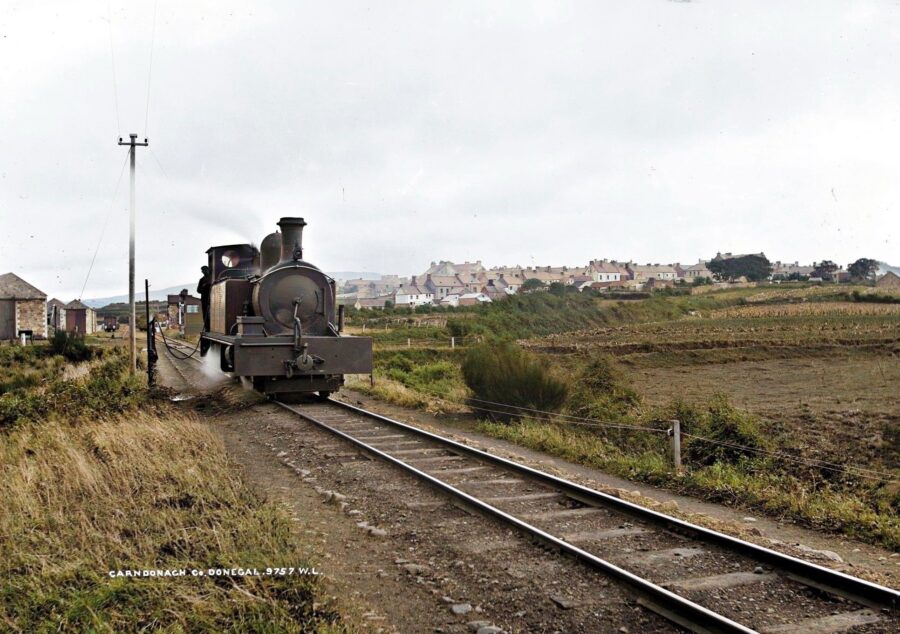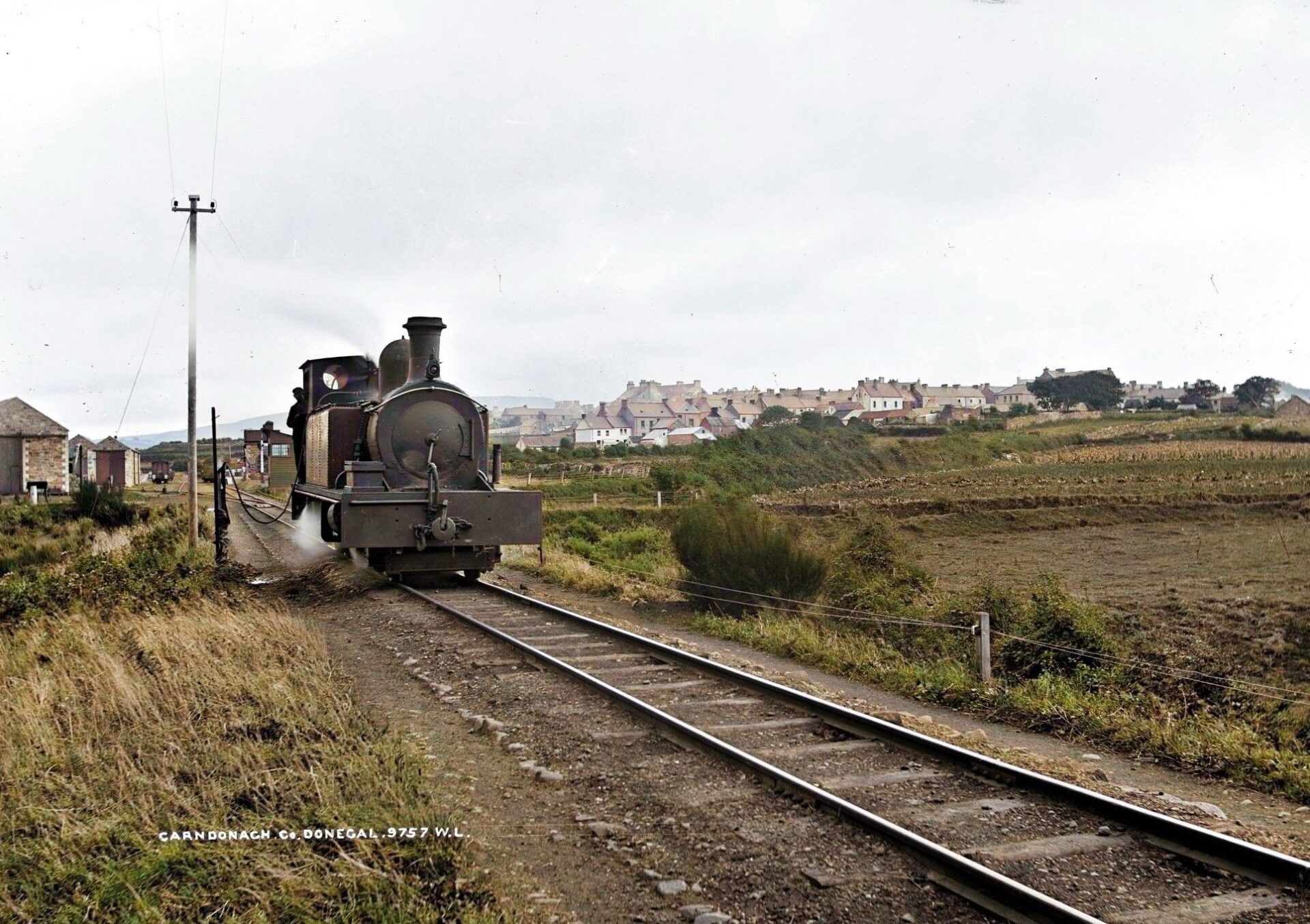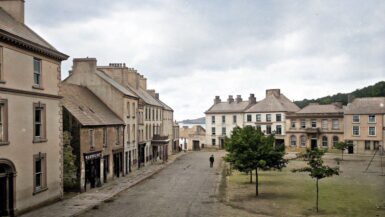The railways have long held a special place in the heart of history enthusiasts, and Ireland is no exception with its intricate network of tracks that weave tales of yesteryears. Among these, the Carndonagh Railway Station in Donegal stands out, beckoning with its echoes of a time gone by.
Origins and Context of Carndonagh Railway Station
Nestled in County Donegal, Carndonagh was once a bustling hub, connected to the world through its railway. The station was the brainchild of the Londonderry and Lough Swilly Railway Company (L&LSR), a prominent name in the Irish railway sector. Established in the 19th century, L&LSR aimed to connect Derry/Londonderry to the deep waters of Lough Swilly. Over the years, their aspirations grew, and they branched out to various other areas, including the picturesque town of Carndonagh.
Unveiling the Architectural Beauty
When the Carndonagh Railway Station opened its doors on 1st July 1901, it was more than just a railway stop; it was a marvel of design and functionality. While the specific architects and designs are deep-rooted in local archives, one can imagine the typical design sensibilities of the era – combining form and function. Like other stations of its time, it was likely to have wooden benches, a cozy waiting area, and architecture that resonated with the surrounding landscape.
Operations and Routes
Operational details paint a vivid picture of the station’s heyday. Primarily connected to Londonderry, the station saw trains chugging in and out, carrying both passengers and goods. The frequency and types of services offered might have varied, but one thing remained constant: the station was a lifeline for the people of Carndonagh.
Gauge Details: Narrow or Wide?
An intriguing aspect of the Carndonagh Railway Station, and in fact, most of the L&LSR lines, was its narrow gauge design. Narrow gauge railways, being smaller than the standard gauge tracks, are particularly suitable for challenging terrains, such as the rugged landscapes of Donegal. This choice of gauge ensured smoother operations, navigating the twists and turns of the Irish countryside.
Significant Moments and Economic Impact
The station wasn’t just a place of transit; it was deeply interwoven with the socio-economic fabric of Carndonagh. The railway brought with it opportunities for trade, commerce, and mobility. Local industries, artisans, and farmers found new markets, and the town witnessed a subtle transformation.
The Inevitable Decline
However, like many other railway stations of its time, Carndonagh faced challenges. With the rise of road transportation and economic constraints, railways began to see a decline. The final train whistle blew on 2nd December 1935, marking the end of an era. The tracks that once reverberated with the sounds of locomotives and chatter of passengers slowly merged into silence.
Legacy and Current Status
Today, the remnants of the Carndonagh Railway Station serve as poignant reminders of a bygone era. The station may not be bustling with activity, but it stands as a testament to the engineering prowess and vision of the L&LSR. The echoes of its past still linger, with the station’s architecture, old tracks, and nearby landmarks offering a nostalgic journey into history.
A Comparative Lens
While the Carndonagh Railway Station had its unique charm, it was a part of a more extensive network operated by L&LSR. Compared to other stations, Carndonagh held its own, both in terms of its architectural beauty and its significance to the local community.
In essence, the history of Carndonagh Railway Station is not just about trains and tracks but a narrative of a town, its people, and the winds of change. As tales of the past are recounted, the station lives on, not just as a physical structure but as an indelible mark on the pages of Donegal’s history.







Leave a reply